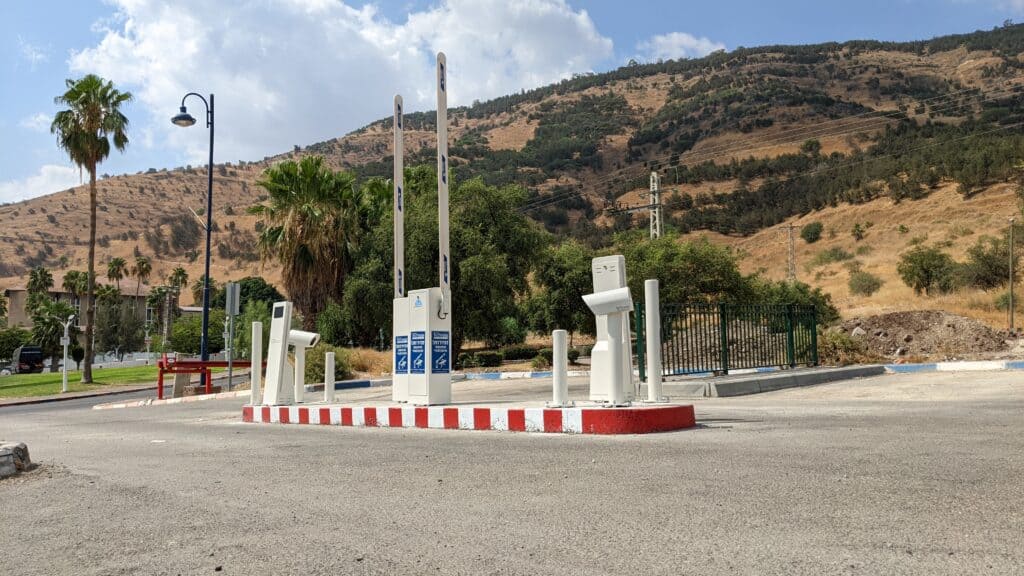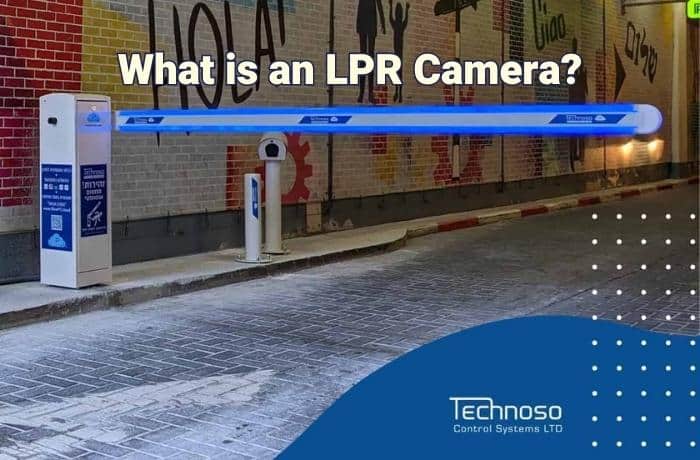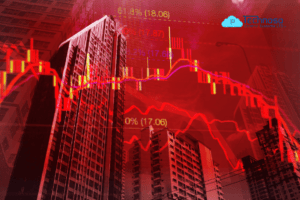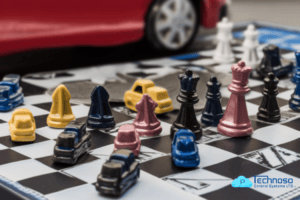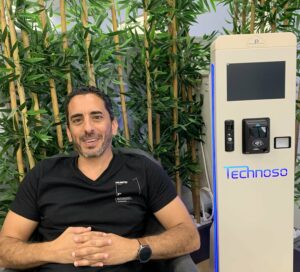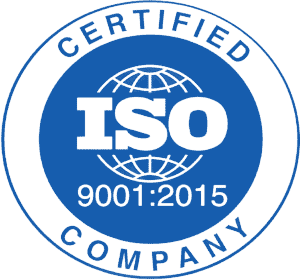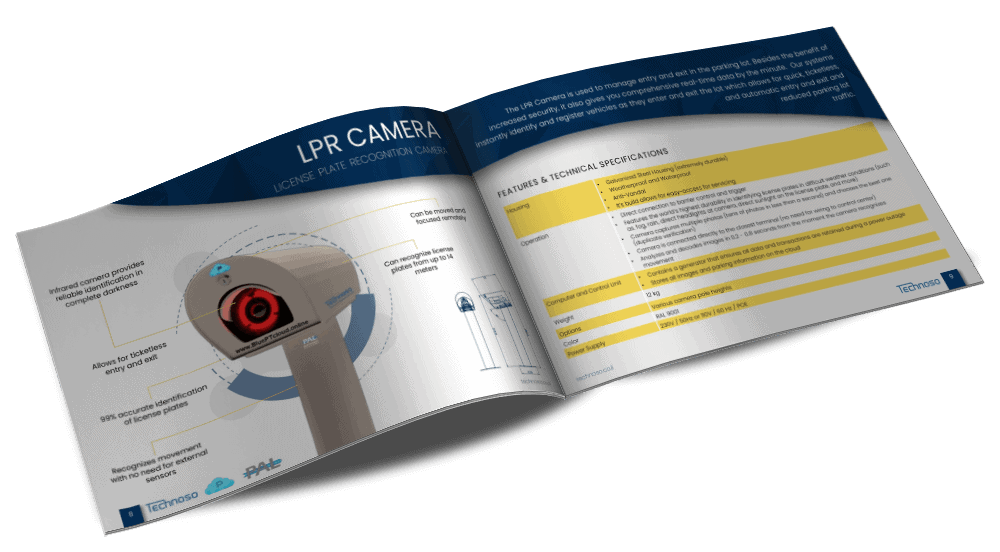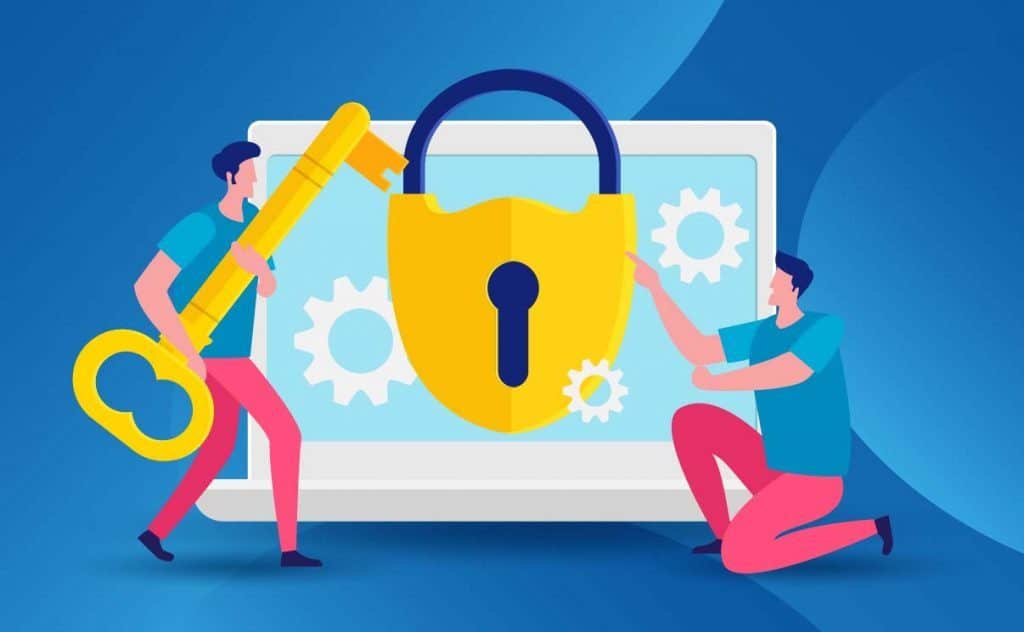Welcome to the future of parking, where the fusion of technology and convenience makes managing parking lots a breeze. At the heart of this revolution is the License Plate Recognition (LPR) camera, an amazing piece of technology that’s transforming how we manage and utilize parking spaces. Here at Technoso, we’re excited to guide you through the world of LPR cameras, an integral component of our smart parking systems.
What is an LPR camera? – The Full Guide
An LPR camera, or License Plate Recognition camera, is a specialized type of video surveillance system that uses optical character recognition technology to read license plates on vehicles. It’s like a super-smart eye that can instantly identify and record the numbers and letters on a car license plate, even at high speeds or in low light conditions. Sounds cool, right? It gets even better.
The benefits of using LPR cameras are enormous, from improved security and surveillance to smoother and faster traffic flow. They are used in various industries and sectors, from law enforcement to parking management – and yes, you guessed it, at Technoso, we use LPR cameras as part of our smart parking system.
But what makes these cameras so unique, and how do they fit into the broader picture of smart parking solutions? How do they work, and what can they do? Are there any limitations to be aware of? And most importantly, how can they help you transform your parking lot?
Let’s dive deeper. Buckle up and get ready to explore the captivating world of LPR cameras – their types, costs, uses, limitations, and their role in making your parking lot management job oh-so easy.
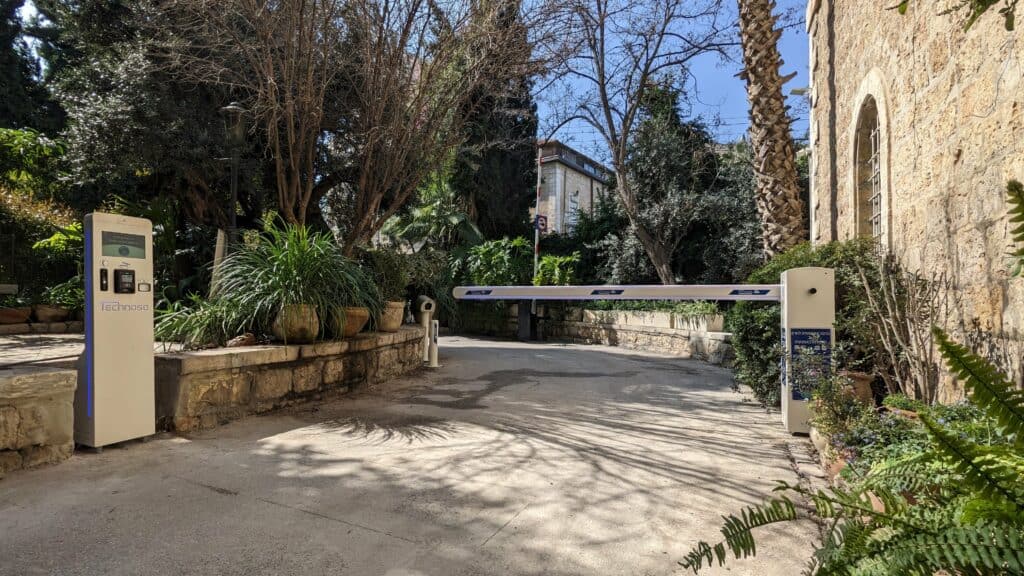
The amazing benefits of LPR cameras for parking lots
These tech wonders offer a myriad of benefits that can transform parking lot management, security, and traffic flow. Here are some of the incredible advantages of LPR cameras:
- 🚀 Increased Efficiency: LPR cameras automate the process of vehicle identification, speeding up entry and exit times in parking lots. No more fumbling with paper tickets or waiting for barriers to lift. Drive up, get recognized, and you’re good to go.
- 💡 Intelligent Monitoring: With real-time monitoring, LPR cameras can provide valuable data about vehicle movements, helping to optimize traffic flow and parking space utilization.
- 💼 Enhanced Security: LPR cameras act as an effective deterrent against vehicle theft and unauthorized parking. Instantly recognize and record any vehicle entering or leaving your parking lot.
- 💰 Revenue Control: LPR cameras can help ensure accurate and fair billing by recording exact entry and exit times. Say goodbye to disputes over parking charges.
- 🔧 Reduced Operational Costs: By automating various manual tasks, LPR cameras can significantly reduce labor and operational costs.
- 🌍 Environmentally Friendly: By speeding up vehicle movement and reducing congestion, LPR cameras help decrease CO2 emissions, contributing to a greener planet!
- 📱 Integration with Other Systems: LPR cameras can easily integrate with other parking management solutions, providing a seamless and efficient parking experience.
- 📈 Data Collection: LPR cameras provide valuable data that can be used for traffic studies, planning, optimizing, and more. Understand your parking lot better and make data-driven decisions.
What are the types of LPR cameras?
Like any versatile technology, LPR cameras come in various shapes and sizes, each designed to meet different requirements. Here are the key types of LPR cameras you might encounter:
🚧 Fixed LPR Cameras: These cameras are installed in a fixed location, such as at the entrance or exit of a parking lot. They continuously monitor the area and capture license plate information of all vehicles passing by. Ideal for parking lots, gated communities, and toll booths.
🚔 Mobile LPR Cameras: Attached to moving vehicles (like police cars or tow trucks), these cameras can scan and process license plates of parked or moving cars while on the move. Excellent for law enforcement, traffic monitoring, and on-the-spot ticketing.
🏢 Integrated LPR Cameras: These cameras are integrated into larger systems, such as traffic management or security systems. They can work in tandem with other components like barriers, traffic lights, or surveillance cameras to provide a comprehensive solution.
🌙 Infrared LPR Cameras: Equipped with infrared technology, these cameras can read license plates in low-light conditions or even in complete darkness. They’re perfect for 24/7 operation, ensuring the capture of clear and readable license plate images, no matter the time of day.
🎥 PTZ (Pan-Tilt-Zoom) LPR Cameras: These cameras can move and zoom in on specific areas for a detailed view. They can be manually controlled or programmed to patrol a specific area, making them ideal for large parking lots or high-traffic areas.
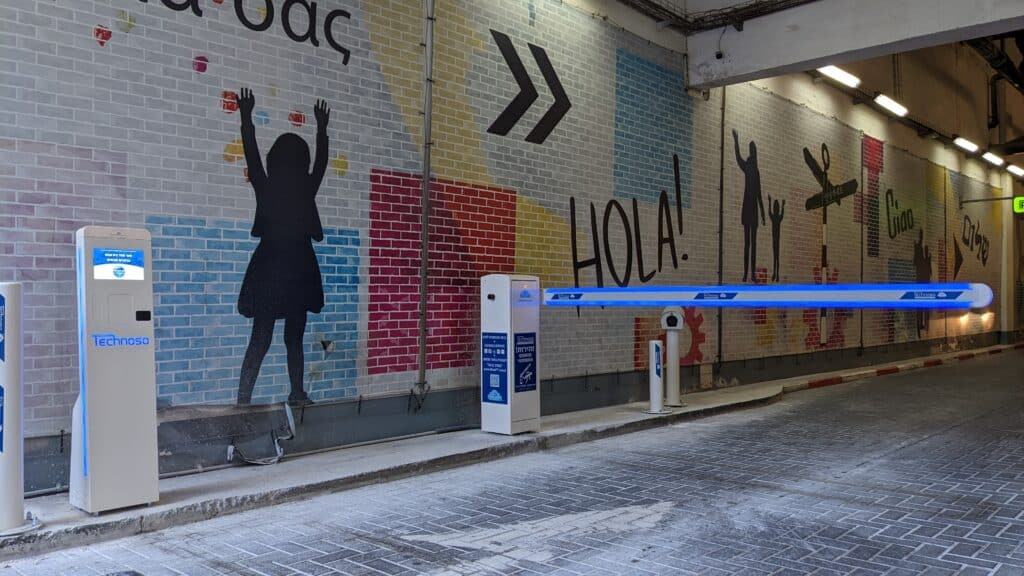
What is the cost of an LPR camera?
The cost of an LPR camera can vary quite significantly depending on the quality of the camera and the range of features it offers. Generally, you can expect to pay anywhere between $300 to $500 for a lower-end model. However, for higher-end systems, the cost can range upwards of $1,000 to $5,000 per camera.
💰 Lower-end LPR cameras: $300 – $500
💎 Higher-end LPR cameras: $1,000 – $5,000
Remember, when considering the cost, it’s not just about the upfront purchase price. You should also consider the long-term value the system provides in terms of enhanced security, improved efficiency, and potential cost savings in other areas of your operation.
What are the uses of LPR cameras?
License Plate Recognition cameras have found use in a variety of sectors and applications. Their ability to quickly and accurately identify vehicles makes them a powerful tool in many different contexts. Here are some of the key uses of LPR cameras:
🅿️ Parking Management
At the heart of smart parking systems like ours at Technoso, LPR cameras automate the process of vehicle entry and exit, making parking lot management a breeze. They help increase efficiency, improve security, and offer seamless integration with payment and access control systems.
🚓 Law Enforcement
LPR cameras are used by police and law enforcement agencies for surveillance, tracking stolen vehicles, and monitoring traffic violations. They can also help in investigations by providing crucial information about a vehicle’s whereabouts.
🏁 Traffic Management
LPR cameras are used to monitor and manage traffic flow, especially in congested areas. They can be used to enforce traffic rules and identify vehicles that frequently violate traffic regulations.
🏙️ City Surveillance
In smart cities, LPR cameras are used for surveillance and security. They can help monitor and control vehicle movement in sensitive areas, detect suspicious activities, and enhance overall city safety.
🛣️ Toll Collection
LPR cameras are used in automatic toll-collection systems to identify vehicles and automate the billing process. This makes toll transactions quicker and more efficient, reducing congestion at toll booths.
🚗 Vehicle Recovery
LPR cameras can aid in the location and recovery of stolen vehicles. They can also be used by repossession agencies to find vehicles that need to be repossessed.
What are the limitations of the LPR camera?
While LPR cameras bring numerous benefits, they have their limitations too. Understanding these limitations can help you make an informed decision and better plan for a successful implementation. Here are some potential limitations of LPR cameras:
💻 Data Storage
LPR systems generate a large amount of data, which requires substantial storage. This could increase the cost and complexity of data management. (However, at Technoso, we got this one out of the way by implementing cloud solutions in our system).
📸 Image Quality
The effectiveness of an LPR camera is largely dependent on the quality of the image it captures. Poor lighting, high speeds, and extreme angles can impact the camera’s ability to accurately read a license plate.
🌦️ Weather Conditions
Extreme weather conditions like heavy rain, snow, or fog can impact the camera’s ability to capture clear images and accurately recognize license plates.
⚡ Power Consumption
High-resolution LPR cameras can consume a significant amount of power, especially if they are running continuously. This could lead to higher operational costs over time.
🛡️ Privacy Concerns
The use of LPR cameras can raise privacy concerns, as they collect and store data about individuals’ movements. It’s essential to use and store this data responsibly, in compliance with relevant laws and regulations.
Despite these challenges, LPR technology continues to advance, and solutions are being developed to address these limitations.
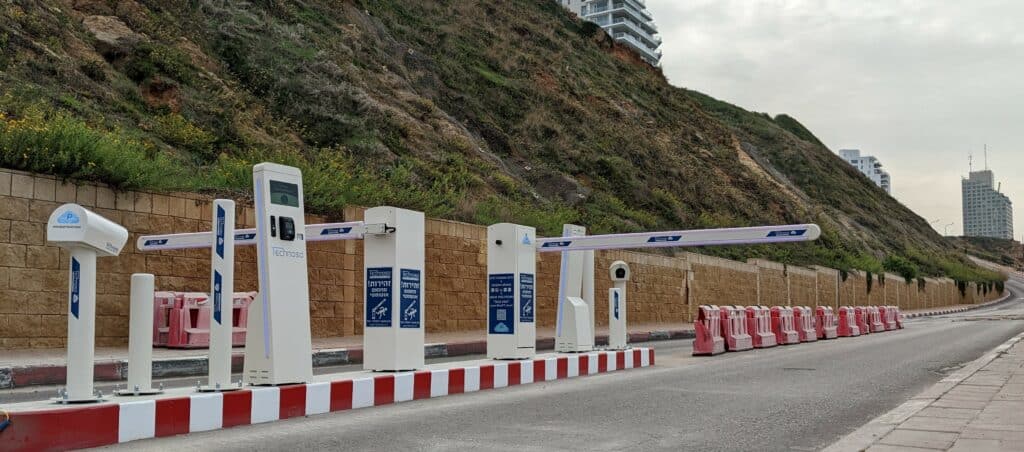
LPR camera system – How does LPR camera technology work?
License Plate Recognition (LPR) technology is a sophisticated system that involves several steps to accurately capture and interpret license plate data. Here’s a simplified overview of how it works:
- 📸 Image Capture: The first step in LPR technology is capturing an image. An LPR camera, equipped with specialized lenses and often infrared technology for nighttime or low-light operation, takes a high-resolution photo of a vehicle’s license plate.
- 🖥️ Image Processing: Once the image is captured, the system then processes it to locate the license plate within the image. This involves adjustments for brightness and contrast, and may include filtering or other techniques to improve the image quality and make the license plate easier to read.
- 💡 Character Recognition: After the license plate has been located, the system uses Optical Character Recognition (OCR) technology to identify and interpret the alphanumeric characters on the plate. It converts these characters into digital text that can be used by the system.
- 🗂️ Data Comparison and Storage: The digitized license plate number is then compared against a pre-existing database for a variety of potential purposes. This could be for access control (e.g., granting access to a parking lot), law enforcement (e.g., identifying stolen vehicles), or record-keeping (e.g., time-stamped entries and exits). The data is then stored for future reference.
- 🎛️ Action Triggering: Based on the result of the data comparison, the system might trigger an action. For instance, in a parking lot, if the license plate is recognized as belonging to a permitted vehicle, the barrier might be lifted automatically.
Even though 5 steps might sound like a lot of time, the whole process is extremely fast!
The LPR camera history – How it all began?
License Plate Recognition (LPR) technology, despite seeming modern, actually has a rich history spanning over four decades. The technology was first conceived and developed by the Police Scientific Development Branch in the UK in 1976 as a tool to combat terrorism. By 1979, working prototypes were made with the first industrial production contracts granted to EMI Electronics and then to Computer Recognition Systems in the UK.
The initial applications of LPR were seen at the Dartford Tunnel and the A1 road in Great Britain. In 1981, LPR technology contributed to its first arrest by identifying a stolen car. Despite these milestones, widespread adoption was initially slow due to high costs and user difficulties with the technology.
The 1990s marked a significant evolution in LPR technology, with improvements making it more affordable and easier to use. These enhancements allowed for broader applications, such as the 1993 “Ring of Steel” camera network in London, aimed at preventing terrorist bombings in the city’s financial district. In 1997, the Police National ANPR Data Center (NADC) was created, enabling data captured by LPR to be shared nationwide. The following year, LPR technology was introduced to the United States for use at border crossings.
The early 2000s saw a shift in the use of data captured by LPR cameras. Specifically, stored data from past scans began to be used to help solve future crimes by placing a vehicle at a specific location. Notably, the first murder arrest using LPR occurred in the UK in 2005, where the technology played a crucial role in finding and convicting the murderers.
The mid-2000s also saw the creation of ANPR (Automatic Number-Plate Recognition) International Limited, an organization dedicated to enhancing the potential of LPR technology. This led to an expansion of the technology’s applications to areas like parking lots, traffic surveys, mobile surveillance, stolen vehicle recovery, and airport security.
Today, LPR technology has been streamlined into an affordable, easy-to-use tool widely utilized across a myriad of applications. Modern LPR software is typically compatible with existing hardware and most operating systems, making it an accessible, powerful, and cost-effective solution.
What is the difference between LPR and ANPR cameras?
License Plate Recognition (LPR) and Automatic Number Plate Recognition (ANPR) are two terms that are often used interchangeably, as they essentially refer to the same technology – a system that uses optical character recognition on images to read vehicle registration plates. However, there are some subtle differences in the terms that are worth noting, mostly related to regional usage and specific system capabilities.
- 🌍 Regional Usage: ANPR is a term more commonly used in the UK and Europe, while LPR is more frequently used in the United States and other regions. The different terms reflect regional differences in language (number plate vs. license plate), but they fundamentally refer to the same technology.
- 🚀 System Capabilities: Sometimes, the terms are used to distinguish between basic systems and those with more advanced capabilities. A basic LPR system might simply read license plate numbers and store them for later reference. In contrast, an ANPR system could be designed to automatically cross-reference the numbers against a database, triggering actions based on the results (e.g., raising a barrier for recognized plates, or sending an alert for stolen vehicles).
However, these distinctions aren’t universally applied, and the capabilities of a given system depend more on its specific design and configuration than on whether it’s labeled as LPR or ANPR. As such, when choosing a system, it’s important to focus on its features and capabilities rather than the specific term used to describe it.
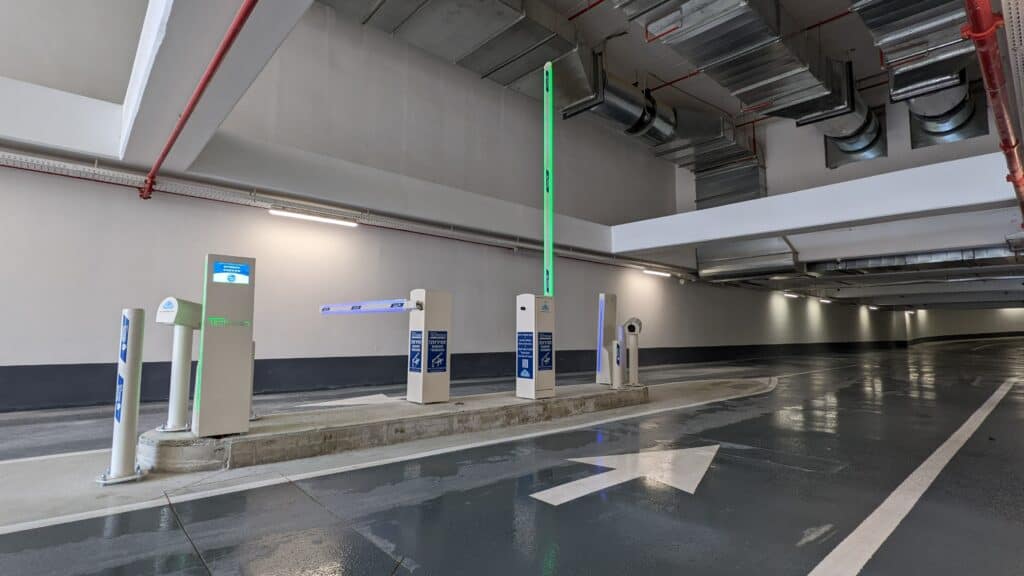
What is the difference between LPR and LPC?
License Plate Recognition (LPR) and License Plate Capture (LPC) are two terms often used in the context of surveillance systems, and while they might sound similar, they refer to different capabilities.
- 📸 License Plate Capture (LPC): This term refers to the ability of a camera system to capture clear and legible images of license plates. An LPC camera is optimized for this task, typically featuring high resolution, good low-light performance, and sometimes special features like a polarizing filter to cut down on glare. However, an LPC system merely captures the images; it does not interpret them. It’s up to a human operator to view the images and read the license plate numbers.
- 💻 License Plate Recognition (LPR): This technology goes a step further. An LPR system not only captures images of license plates but also uses software to automatically interpret the images, recognizing and recording the license plate numbers. This often involves complex algorithms and machine learning to handle a wide range of license plate designs, lighting conditions, and angles.
Technoso’s LPR-powered Smart Parking Lot Solutions
In the world of parking management, the adoption of License Plate Recognition (LPR) technology is revolutionizing the way operations are carried out. At Technoso, we’re at the forefront of this transformation, integrating LPR cameras into our innovative smart parking systems.
Our LPR technology is a game-changer, enabling hands-free license plate detection that facilitates a seamless parking experience. It allows for instant registration of vehicles upon arrival and effortless exits, eliminating the need for paper tickets and manual payments. This leads to faster traffic flow, reducing bottlenecks and enhancing the overall user experience.
Not only does our LPR integration improve the parking experience for users, but it also simplifies parking management. Real-time tracking of parking lot traffic, comprehensive reports, and financial data all contribute to more efficient operations. As a cloud-based solution, it can be accessed anywhere, anytime, providing maximum flexibility and control for parking lot managers.
Moreover, our commitment to innovation doesn’t stop with LPR technology. We’re constantly exploring new ways to make parking management easier, more efficient, and more sustainable. With Technoso, parking management is no longer a hassle, but a breeze!
